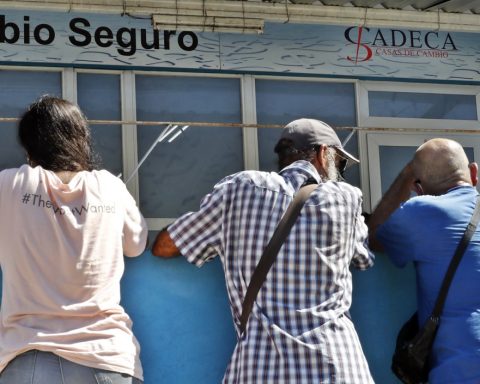SAN LUIS POTOSÍ, Mexico.- The meteor shower The Southern Delta Aquariids peaked at the end of July and will continue until August 21. The phenomenon will be visible from Cuba.
The South Delta Aquariids are active from mid-July and visible until late August. These faint meteors are difficult to spot and if the Moon is visible, they will not be visible. The best chance will come during the New Moon period.
According to the American Meteor Societyanother peak will occur during the Perseids in August: a Southern Delta Aquariid is coming from the constellation Aquarius and its radiant will be in the southern part of the sky.
The phenomenon occurs every year at the end of the northern summer. At the same time, the Alpha Capricornid meteor shower will produce about five meteors per hour and will last until August 15.
Meteors come from leftover particles from comets and broken pieces of asteroids. As comets orbit the Sun, the dust they emit gradually spreads out, forming a dusty trail around their orbits.
Every year, Earth passes through these debris trails, allowing the pieces to collide with our atmosphere, where they disintegrate to create fiery, colorful streaks in the sky.
The bits of space junk interacting with our atmosphere to create the Southern Delta Aquariids are suspected to originate from comet 96P/Machholz, which orbits the Sun about once every five years.
He kite Machholz was discovered by Donald Machholz in 1986 and its core is about 6.4 kilometers in diameter (just over half the size of the object hypothesized to have caused the demise of the dinosaurs).
Its radiant – the point in the sky from which the South Delta Aquariids appear to originate – is the constellation Aquarius.
The third brightest star in this constellation is called Delta. The name of the meteor shower, the Southern Delta Aquariids, also comes from this star and the constellation.
For their part, the Alpha Capricornids They are associated with comet 169P/NEAT. They are known to produce bright, slow-moving fireballs. These bolides can be exceptionally bright and stand out even in light-polluted areas.
One of the most striking features of the Alpha Capricornids is the relatively low number of meteors per hour, typically about five, but the quality makes up for the quantity.
Meteors tend to be larger and slower, providing a longer and more impressive show.
Follow our channel WhatsApp. Receive the information from CubaNet on your cell phone through Telegram.















